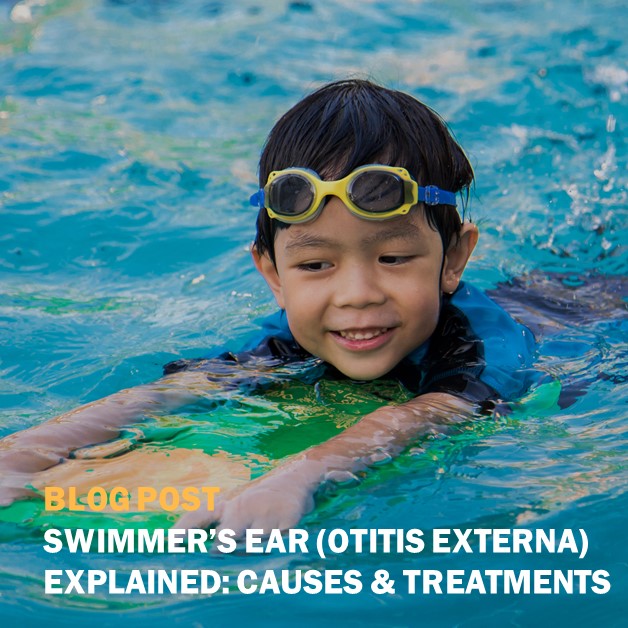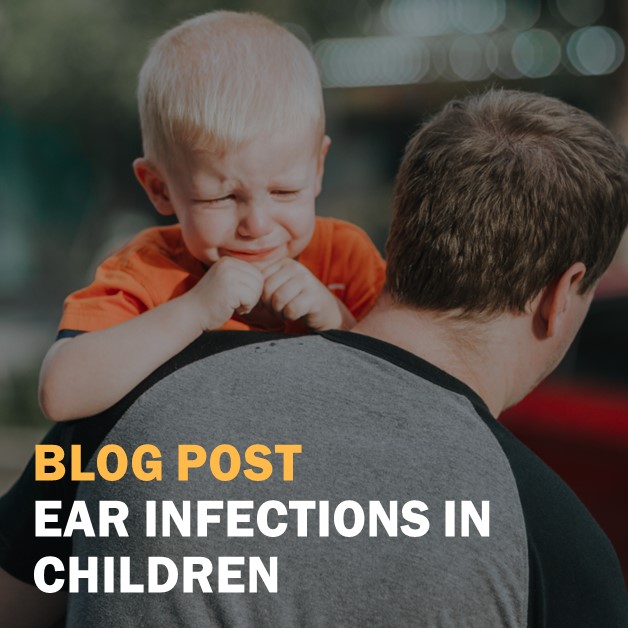Our Pediatric ENT Services
The medical team at Naugatuck Valley ENT can help your child with their ear, nose or throat condition. Our specialists are qualified to meet the needs from the routine to the complex. Our physicians are otolaryngologists (ENT doctors) while our nurses, technicians, and other clinical specialists are specially trained in pediatric ear, nose, and throat care. We cover a range of Pediatric ENT conditions of the ear, nose and throat.
Please contact Naugatuck Valley ENT at (203) 578-4630 to set up an appointment for your child.
Pediatric ENT Conditions
- Ankyloglossia (Tongue-tie) is a condition where the tongue cannot move normally because it is attached to the floor of the mouth by the frenulum, which is too tight. The lingual frenulum is the band of tissue that attaches the undersurface of your tongue to the bottom part of the mouth. Adequate tongue movement is necessary for swallowing and speech.
- Ear infections can be annoying and painful but most often can be resolved within a couple of days. Ear infections are typically caused by viruses or bacteria. Often an ear infection will begin after a cold or other respiratory infection. The bacteria or virus move from the back of the throat through one of the Eustachian tubes to the middle ear. Some ear infections will resolve on their own while some will require antibiotics.
- Earaches and ear pain persistent is common and can occur in both children and adults. Earaches can be due to a problem with the ear or structures close to the ear. The pain may be dull, sharp, or burning and can occur in one or both ears. It may be constant or come and go.
- Gastroesophageal Reflux Disease (GERD) is when acidic stomach contents flow back into the esophagus, the swallowing tube that leads from the back of the throat to the stomach. In some children, when acid reflux happens so frequently and is so severe that it causes complications, it is known as pediatric gastroesophageal reflux disease (GERD). An estimated five to eight percent of children have pediatric GERD.
- Hearing Loss is when children are unable to hear sounds. In children, hearing problems can affect the ability to develop spoken language. Approximately, 2-3% of children (2 million) in the U.S. have hearing loss.
- Speech and language disorders can be caused by a number of conditions, please visit our Speech and Swallow service page to learn more.
- Sinusitis and Sinus infections in children can look different than sinusitis in adults. More often, children have a cough, bad breath, crankiness, low energy, and swelling around the eyes, along with a thick yellow-green nasal or post-nasal drip.
- Sleep-disordered Breathing in children can be caused by snoring or the more serious condition sleep apnea.
- Swimmer’s Ear (also called acute otitis externa) is a painful condition that affects the outer ear and ear canal that is caused by infection, inflammation, or irritation. These symptoms often occur after water gets trapped in your ear, especially if the water has bacteria or fungal organisms in it.
- Thyroid Cancer is rare in children but it is the most common endocrine malignancy in children. Pediatric thyroid cancer occurs four times more often in females than males and has similar characteristics as adult thyroid cancer. The thyroid is a butterfly-shaped gland located at the base of the throat that controls metabolism and other functions.
- Tonsils and Adenoids infections and obstructions Tonsils are the two round lumps in the back of your throat. Adenoids are high in the throat behind the nose and the roof of the mouth (referred to as your soft palate). They are not visible through the mouth or nose without special instruments. Tonsils and adenoids are part of the immune system and help protect the body from disease. They “sample” bacteria and viruses that enter through the mouth or nose. Unfortunately, sometimes they can get infected or cause problems by being too large.
- Tonsillitis also described as pharyngitis, refers to inflammation of the pharyngeal tonsils, which are lymph glands located in the back of the throat that are visible through the mouth. Typically, tonsillitis happens suddenly (acute) and is often caused by viral or bacterial infection. Some patients experience recurrent acute episodes of tonsillitis, while others develop persistent (chronic) tonsillitis. Tonsillitis is common in children; most children in the United States experience at least one episode.




